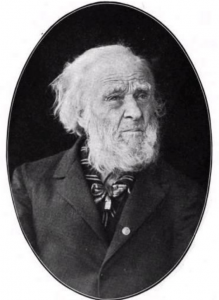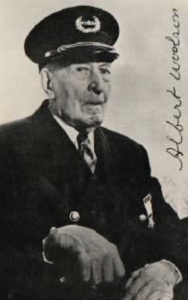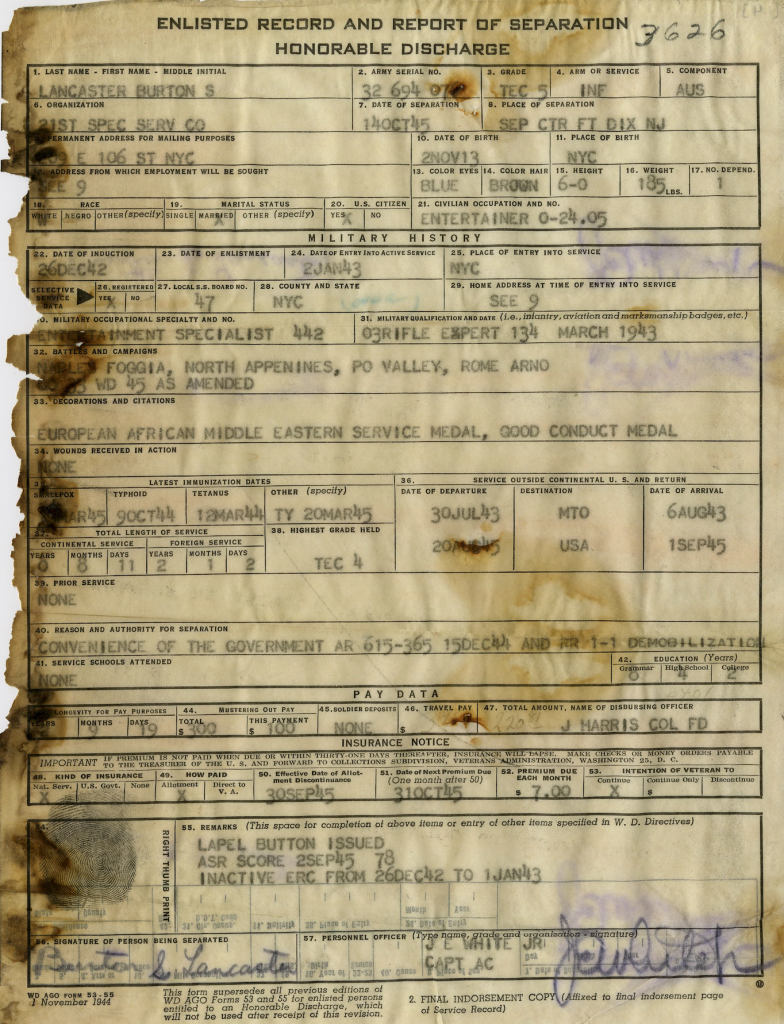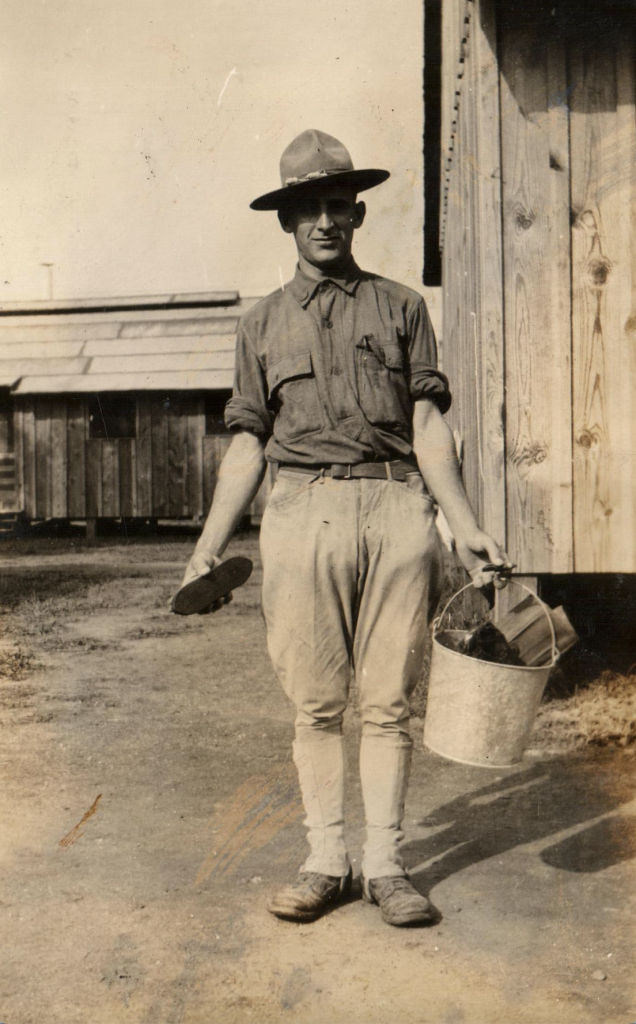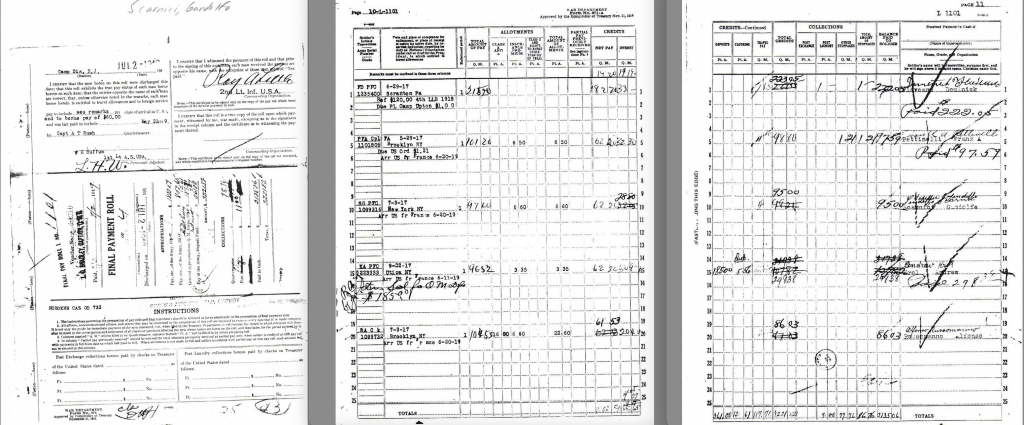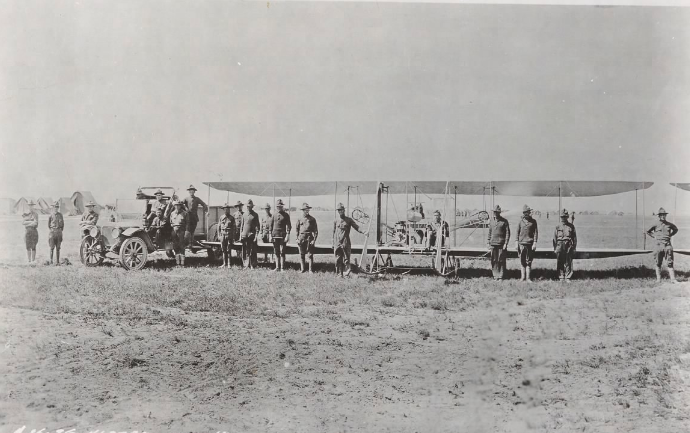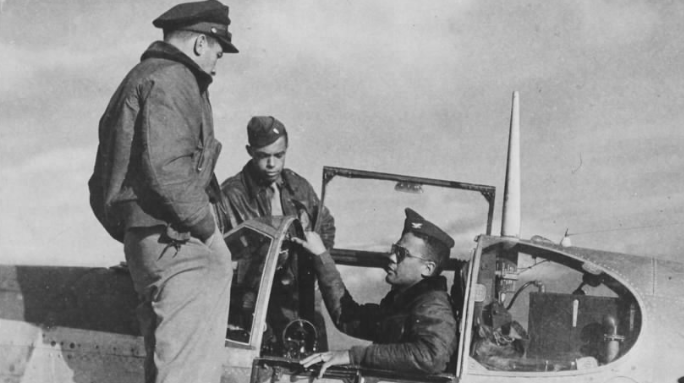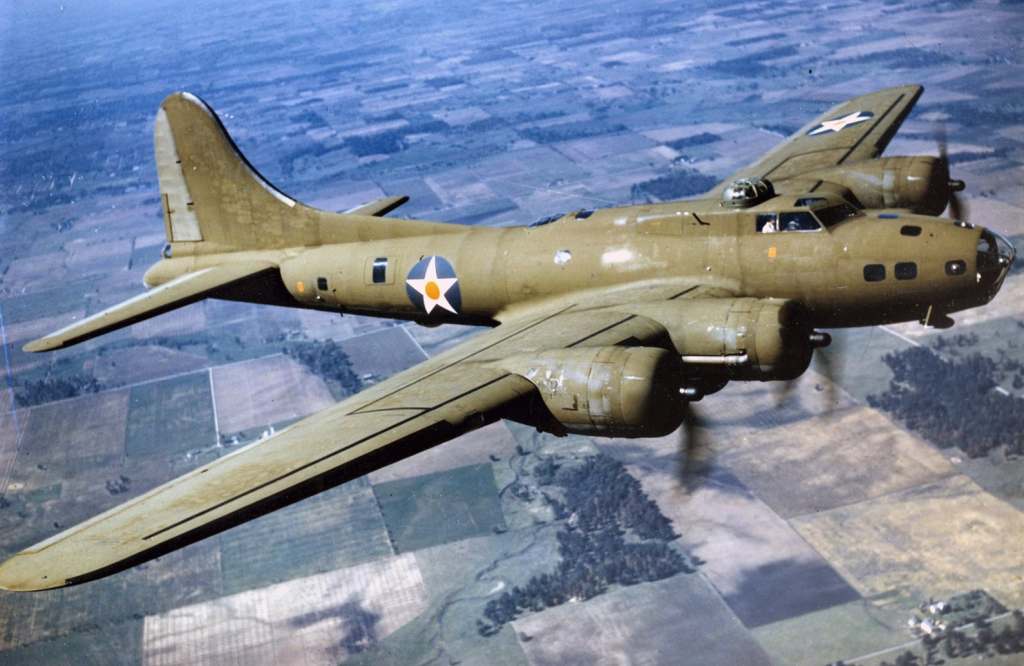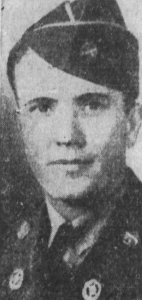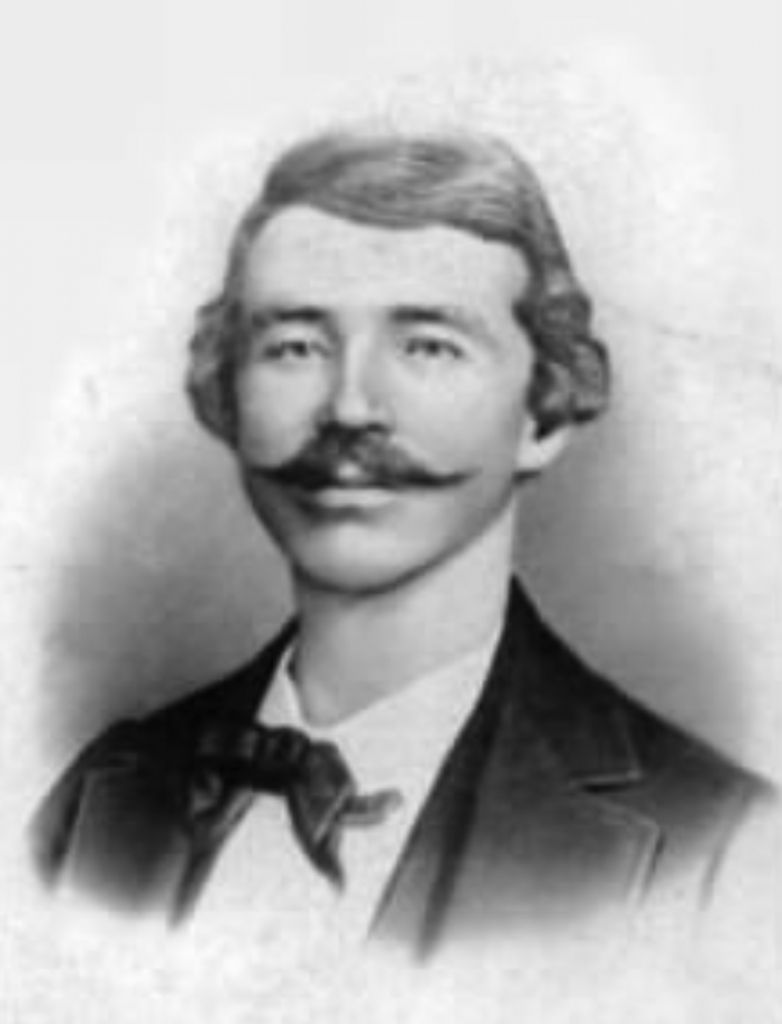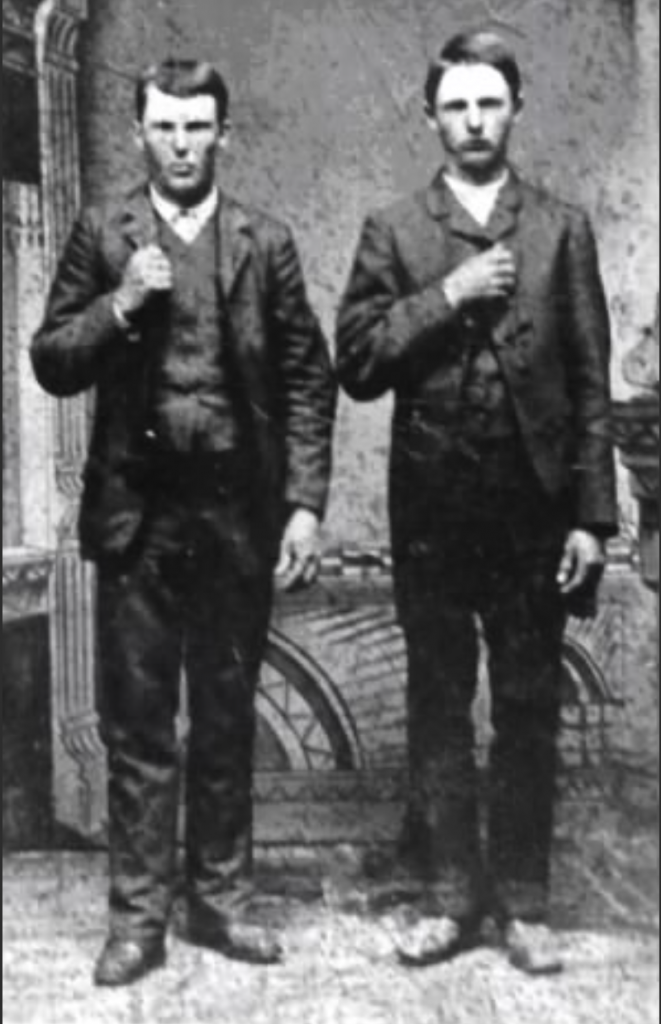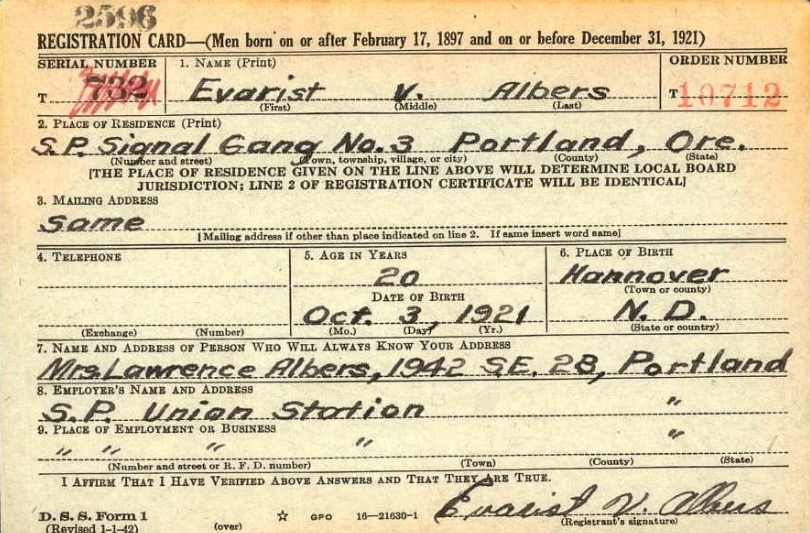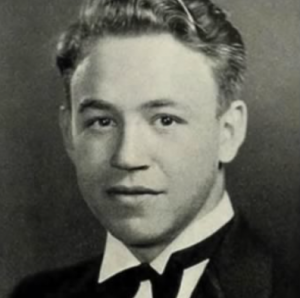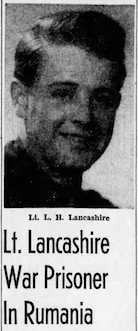Each time the last surviving veteran from any war passes away, it marks the end of an era and the closing of a chapter in history. The question of who was the last often brings lively debate. In some cases, the claims are contested and not verifiable, and in other times, early records are missing. We’ve combed our archives to share the stories of some veterans who are among the last survivors from the Revolutionary War, War of 1812, Civil War, and WWI.
Revolutionary War: Daniel Frederick Bakeman was the last soldier from the Revolutionary War to receive a pension. He was 109 years old when he died in 1869. Though no specific records to validate Bakeman’s claim of service survived, authorities deemed his testimony credible, and he received a pension. Bakeman was born in Schoharie County, New York, in 1759. At age 18, he enlisted and served as a private in the Tryon County Militia. He fought at the Battle of Johnstown. After the war, Bakeman married Susan Brewer, and they had eight children. Bakeman outlived his wife and two children. He died in Freedom, New York, on April 5, 1869. In his 109 years, Bakeman experienced inventions that revolutionized daily living, such as trains, gas lighting, elevators, typewriters, the sewing machine, and photography. His lengthy pension file contains records, letters, and testimony.
War of 1812: Hiram Cronk was born in Frankfort, New York, on April 19, 1800. He enlisted in the 157th Regiment of the New York militia on October 8, 1814. He was 14 years old and served at the naval station at Sacket’s Harbor. Following the war, Cronk married Mary Thornton. He worked as a shoemaker, and they had ten children, seven of whom survived to adulthood. During his lifetime, Cronk witnessed incredible advances, including the invention of electric lighting, the automobile, and the airplane. When Cronk passed away in 1905, he was honored with a state funeral in New York City. Thousands lined the streets to view his funeral procession. The event was captured on film and preserved in the Library of Congress.
Civil War: When Albert Henry Woolson was young, he met Abraham Lincoln. It’s hard to comprehend that a soldier who met President Lincoln in the 1860s survived long enough to see Elvis Presley’s hits top the charts in the 1950s. Woolson was born in Antwerp, Minnesota, on February 11, 1847. He enlisted as a drummer boy on October 10, 1864, in the 1st Minnesota Heavy Artillery Regiment, Company C. During Woolson’s lifetime, he had a front-row seat to history and watched the industrial revolution transform the country’s landscape. On his 109th birthday, Woolson said he enjoyed pipes and cigars and smoked for nearly a century, beginning when he was 12. Woolson died in 1956.
WWI: The last surviving American veteran of WWI was Cpl. Frank Woodruff Buckles. Buckles was born on February 1, 1901, in Missouri. He enlisted at 16 and served in the American Expeditionary Forces with a detachment from Fort Riley. He mostly drove ambulances and motorcycles in Germany and France. Following the war, Buckles sailed home aboard the Carpathia – the same ship that rescued survivors of the Titanic. Buckles went to work as a purser on commercial ships. He was in the Philippines in 1941 when Japan invaded and became a civilian POW. He endured nearly three years of cruel treatment before being freed after a US Army raid on the prison where he was held. In 2008, President George W. Bush invited Buckles to the White House. Buckles lived 110 years, passing away on February 27, 2011. He is buried in Arlington National Cemetery.
To learn more about these and other veterans, explore military records, veteran Memorials, and other collections today on Fold3®!

